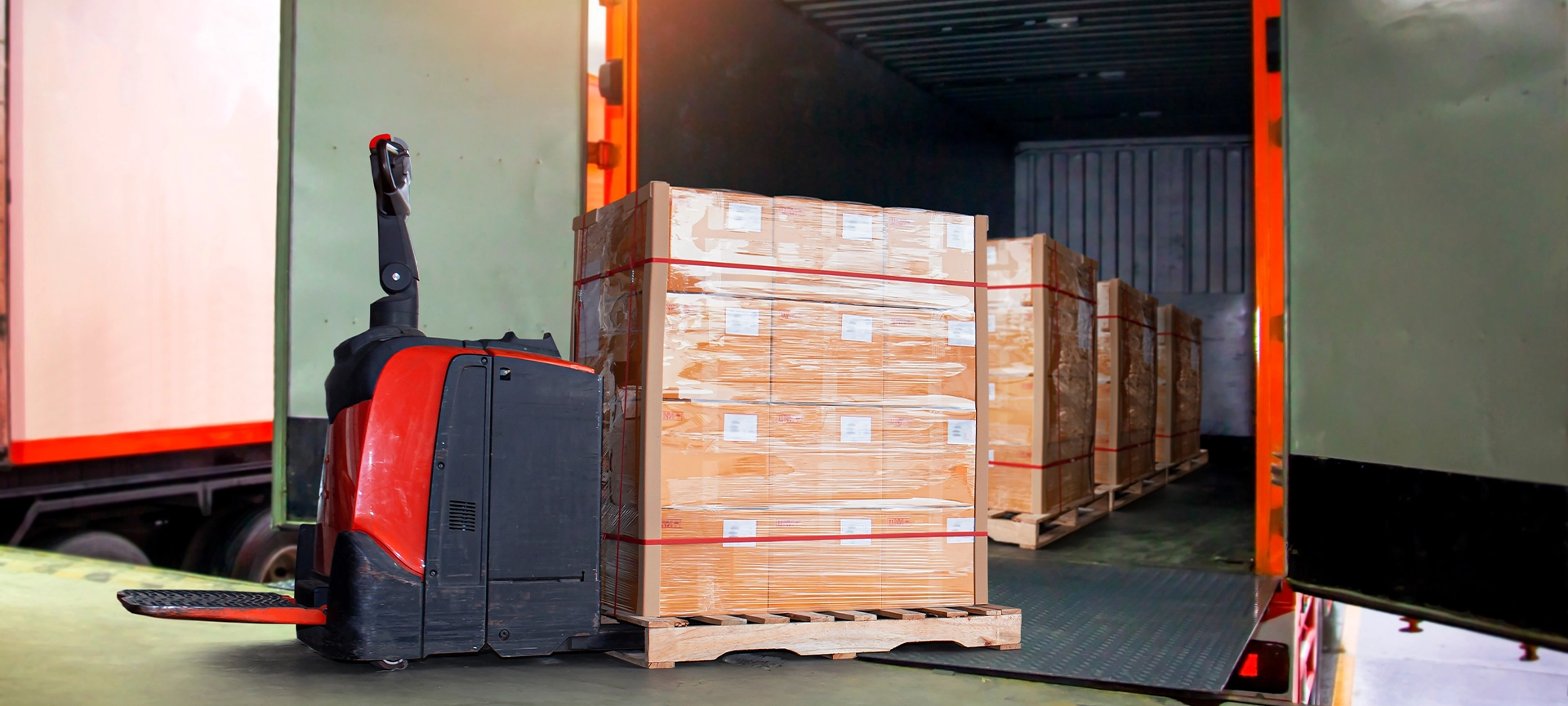Shipping logistics are complex at any time but are particularly difficult in the winter. With inclement weather posing additional risks, extra time may need to be padded into shipping schedules. Additionally, packaging will also need to be considered for some items that are sensitive to cold temperatures. Fortunately, with the right planning and logistics expertise, your LTL winter shipments can still arrive on time and without damage.
Here we will look at winter LTL shipping tips and how RoadLINX can help get your shipments where they need to be on time.
Get Temperature Controlled Containers for Cold Sensitive Items
Though the heat of summer is known for melting a wide range of food items and affecting some electronics, the cold can also be very damaging. Electronics, produce, machinery, and much more can be damaged by cold. Even wood furniture can split due to expansion.
RoadLINX offers heated trucks for all your cold sensitive items. These trucks function just as refrigerated trucks do but can be set to higher temperatures. Choose these any time you are shipping cold sensitive items, even if they are not being shipped that far. With extreme cold weather often coming on quickly, it is better to practice extra caution.
Carry More Inventory than You Think You Need
Though we usually think about the delays that affect a shipment on the way to a customer, there can also be delays in getting shipments to our own business. If your business relies on other suppliers to create your products and run your company, you should aim to keep more stock on hand than you might need. This will give you a surplus to draw from if a shipment gets delayed on its way to you and help you avoid putting up the dreaded “out of stock” labels on your website.
Manage Customer Expectations
While certain precautions and careful planning can help reduce delays, some things are simply unavoidable. You can help mitigate the effects of late shipments on your customer relations by letting your customers know that there may be delays well in advance.
Advise Customers Before they Order: The best way to manage expectations is to prepare customers for possible delays before they complete an order. While you can do some damage control after an order is placed, customers are much more likely to feel they’ve had a positive experience if they know before ordering.
Offer Tracking and Updates Frequently: Your carrier should offer a tracking number that the customer can get updates from, however; it is good for customer relationship building if your company sends automated messages too. Send an order confirmation note, a shipping notice, and estimated day of arrival.

Waterproof Your Labels
This might seem like a small matter but it could help ensure your customers get their packages. When shipping during the winter, put clear tape or other waterproof adhesive over your shipping label. This helps combat against the watery and icy conditions that the package is likely to go through and prevent it from peeling or smudging.
Keep Your Shipment’s total Journey in Mind
If you’re shipping within Canada or the United States, you don’t have to worry about temperature changes too much, right? Unfortunately, no. Unless you are shipping within your own province or state, the weather is likely to change throughout your shipment’s journey. For example, it is currently 76°F in Orlando, Florida while it is only 19°F in Detroit, Michigan.
This temperature difference can become even more extreme if you are engaging in cross-border shipping. While shipping from Canada to the United States and vice versa can be difficult anytime, this can be especially true during the height of winter.
If your shipment is making a long journey like this, you will need to consider temperature control options that will work for both hot and cold conditions. This is why RoadLINX offers trucks with both hot and cold temperature control.
Leave Yourself Time
Generally speaking, it is usually good to ship earlier than the last minute but during winter it is critical. You must leave room for delays due to weather, equipment malfunction, and even the possibility of seasonal flu and sickness affecting working hours for crews.
Shipping during November and December just before the holidays needs even more care. There is an increased demand for items then and customers will want their shipments before the holidays. Make sure to communicate realistic shipping times with customers and ship as early as possible.
Consider Warehousing
Warehousing can come in handy in two situations: 1) if you have a large customer base for your products in a particular area that is not close to where you are shipping from and 2) if you are shipping to a trade show.
If you are shipping to customers, one potential option is to partner with RoadLINX’s Fulfilled by Amazon Program. With this program, RoadLINX picks up and delivers your items to an Amazon fulfillment center which ensures there are products on hand and centrally located in an area that can more easily reach customers. Plan ahead and have enough inventory housed in the Amazon facility ready to go.
For trade show shipping, even when you are not shipping during winter, warehousing is often a good idea. This is because trade shows are so time sensitive and you may even incur additional charges if the items are not delivered on time. Warehousing items near the show ensures they will be there when they are needed.
When Should I Take Caution Planning LTL Shipments in Winter?
While the months of December through March are the most likely to have snow, wintery conditions are possible from October through April in many northern areas. Whether you are shipping to or from the north, you should practice caution during these months.
There’s no Snow, Why Are there Winter Shipping Delays?
Contrary to popular assumption, snow is not the only or even main reason that shipping gets delayed in winter. While heavy snowfall can be very problematic, icy roads and cold temperatures cause bigger issues. Snow can typically be plowed away to clear a road but icy conditions can sometimes linger causing more accidents and a buildup of traffic as drivers go more slowly.
Perhaps even more importantly, very cold temperatures below freezing may prevent snow but actually cause equipment failure. Equipment used to lift, move, and transport items is prone to breaking down or stalling in extreme cold temperatures which means there will be delays for repairs and replacements.
Partner with an Experienced LTL Carrier
One of the best things you can do to ensure your shipments get where they need to be is to work with a carrier who understands the specific challenges of shipping in winter. As a carrier who delivers throughout the United States and Canada, RoadLINX understands how important temperature and weather are when shipping.
We offer warehousing solutions, temperature controlled trucks, expedited services and more to make shipping during winter possible. To request a free estimate for your LTL shipments in winter, call RoadLINX at 905-760-1141.



